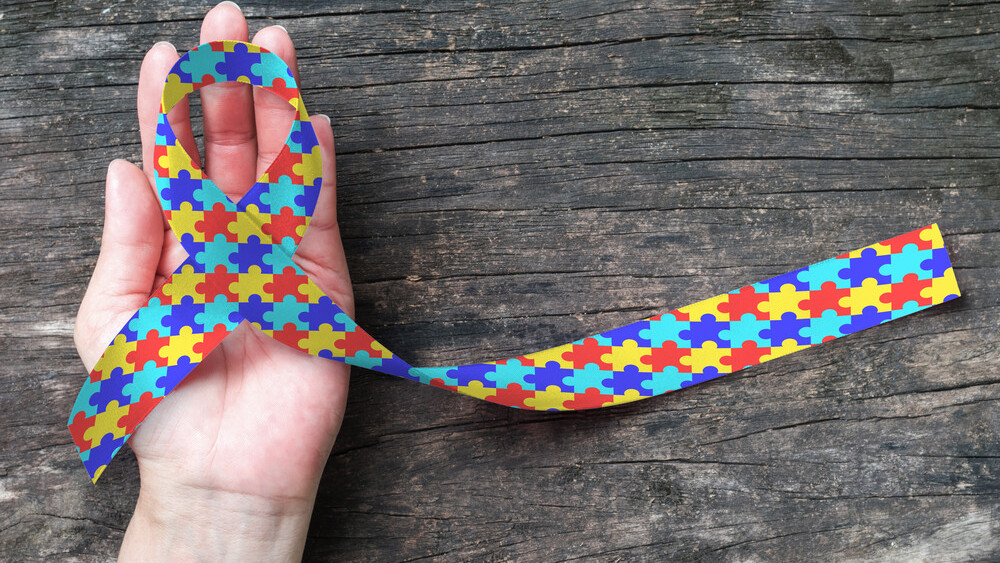
The Cherokee tribe of Native Americans had a well-known proverb stating that you “shouldn’t judge a person before you have walked a mile in their shoes”. It’s practical advice to view a situation from the perspective of another before rendering an opinion. One can see how this type of thinking can lead to greater compassion and understanding of those around us.
But how can one really experience the perspective of another? It’s certainly easier said than done. Consider the case of individuals with autism. These days almost everyone has heard of autism or autism spectrum disorders (ASD), both general terms for a group of complex disorders of brain development. These disorders are characterized, in varying degrees, by difficulties in social interaction, verbal and nonverbal communication and possible repetitive behaviors. According to the Centers for Disease Control (CDC), the current incidence of autism is 1 in 68 children.
As the father of a wonderful 11-year-old boy with autism, I constantly try to view the world from his perspective, hoping to gain insights into why he interacts with his environment in the unique way that he does. But, how many people have even the faintest idea of what it’s like to have this disorder? And what an individual must endure going through what others would call a “typical” day?
One of the main symptoms for individuals with autism is an inability to process all the different sensory inputs in their environment. Many times individuals on the spectrum have hypersensitivity to sights and sounds. This generally leads to an increase in anxiety and stress. A person with autism may flap their arms, rock back and forth, or make other “unnatural gestures” as a way to cope with the chaos they are experiencing in their mind.
Since sensory overload and the accompanying anxiety and confusion are key aspects of understanding autism, it’s important to be able to replicate this experience for neurotypical individuals. The following videos, interactive games, and simulations are great attempts to help us understand what it feels like to have autism.
Warning: Since the following videos are meant to simulate sensory overload, many of them feature loud, repetitive noises and flashing lights. Those with epilepsy or who are prone to seizures are advised to not watch these videos.
Carly’s Café
This powerful video highlights the experiences of Carly Fleischmann, who is non-verbal and on the autism spectrum. Her video simulation shows Carly with her family in a crowded coffee shop and how quickly a normal everyday activity can quickly descend into chaos.
Walking Down the Street
This video by Craig Thomson shows an interesting A-B comparison of how simply walking down a city street can present quite different experiences for individuals with autism and for those without. Sights and sounds that neurotypical individuals take for granted every day can easily cause sensory overload and increased anxiety.
Auti-Sim – Navigating A Playground
Taylan Kadayifcioglu developed the simulation-based game, called Auti-Sim, in 2013 during the Hacking Health Vancouver event. The concept was to navigate a typical playground through the experiences of a child with autism. The simulation highlights auditory hypersensitivity and sensory overload leading to anxiety. The actual Auti-Sim game can be downloaded here, with a video of the game below.
Sensory Overload – Watching A Moive
This compelling video was developed by an adult with autism who was “sick of so-called ‘experts’ trying to explain what they think an autistic person is going through.” She created this simulation in order to show her perspective of how some popular movie scenes can quickly lead to sensory overload and panic.
Sensory Sensitivity
The following film was produced by the National Autistic Society to highlight the issues individuals with autism face when dealing with sensory sensitivity and sensory overload situations.
Sensory Overload Experience
This animation / simulation by “The Interacting with Autism Project” gives the viewer a glimpse into sensory overload, and how often our sensory experiences intertwine in everyday life.
Obviously, sensory overload and extreme anxiety are only some of the symptoms associated with autism. However, gaining even a rudimentary understanding about the challenges facing people with this disorder hopefully leads to compassion. And compassion leads to inclusion and, eventually, acceptance. A mile is a long way to walk in someone else’s shoes, but maybe the Cherokees had it right after all.
Get the TNW newsletter
Get the most important tech news in your inbox each week.





